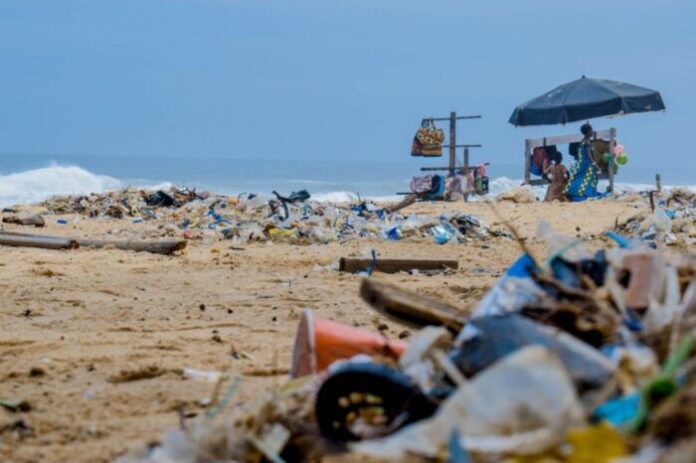
According to scientists, after the Bronze and Iron Ages, the current period may become known as the plastic age. They established it through a study that analyzed the increase in plastic pollution in marine sediments, taking the coastal strata of the Santa Barbara basin in California.
The research, published in the journal Science Advances, found that since the 1940s the amount of microscopic plastics in the sediments has doubled about every 15 years. In 2010, the most recent year analysed, the pollution had reached almost 40 particles per 10cm by 10cm patch of ocean floor every year.
Two-thirds of the particles were plastic fibres, a fifth were broken-down fragments of other plastic and a 10th were plastic film. “It is a very clear signature,” Brandon said. “Plastic was invented and pretty much immediately we can see it appear in the sedimentary record.”
A study in 2016 showed a single clothes wash could release 700,000 microplastic fibres. “They are definitely not being disposed of properly,” Brandon said. “We are not filtering them out properly at household or waste treatment plant level. I think that is the next big frontier: what are we doing about our waste water and what we make our clothes out of, because clearly [the plastic] is washing straight into the ocean?”
Many millions of tonnes of plastic are discarded into the environment every year and are broken down into small particles and fibres that do not biodegrade. Microplastics have been found everywhere from the deepest oceans to high mountains and even the Arctic air, showing pervasive pollution of the planet.
Research is limited but eating plastic is known to harm marine creatures. Humans are believed to consume at least 50,000 microplastic particles a year through food and water. The health impact is unknown but microplastics can release toxic substances and may penetrate tissues.
Scientists suggest the plastic layers could be used to mark the start of the Anthropocene, the proposed geological epoch in which human activities have come to dominate the planet.
“We all learn in school about the stone age, the bronze age and iron age – is this going to be known as the plastic age?” she said. “It is a scary thing that this is what our generations will be remembered for.”



































